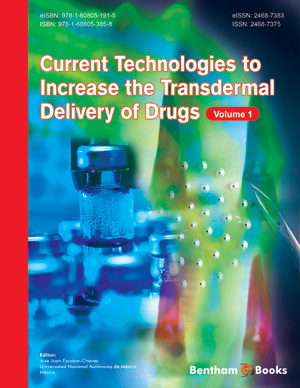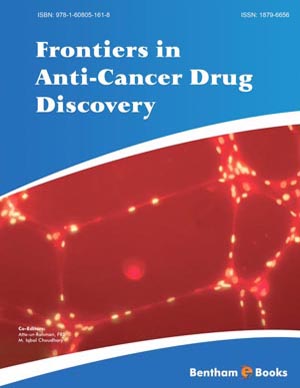Abstract
Angiogenesis, the formation of new blood vessels from the pre-existing vasculature, is one main mechanism of vascularisation during the embryonic development, growth, regeneration, wound healing and some physiological processes such as formation of the corpus luteum and endometrium. On the other hand, angiogenesis is also involved in a number of pathological processes such as tumor growth, and metastasis. The tumour angiogesis process is believed to be dependent on an ‘angiogenic switch’ formed and a cascade of biologic events as a consequence of the “cross-talk” between tumor cells and several components of local microenvironment including endothelial cells, macrophages, mast cells and stromal components. In this context, a growing body of evidences supports the role of ligands/RAGE axis in angiogenesis. Upon RAGE engagement, profound effects are reported not only in endothelial cells but also in endothelial progenitor cells and many immune cells located at tumor microenvironment, thus turning on the angiogenic switch. The present review to highlight the mechanisms by which RAGE engagement promotes many changes, in both tumor and host cells, leading to the formation of new blood vessels. Finally, some potential pharmacological approaches to circumvent the deleterious effects of RAGE engagement are also discussed; mainly focused on those directed to inhibit or destroy RAGE ligands, such as the use amadorins, inhibitors of AGE formation and cross-link breakers; as well as those approaches targeting RAGE activation, either by blocking RAGE binding, or down-regulating its expression.
Keywords: Angiogenesis, advanced glycation, tumor microenvironment, tumor biology.






















